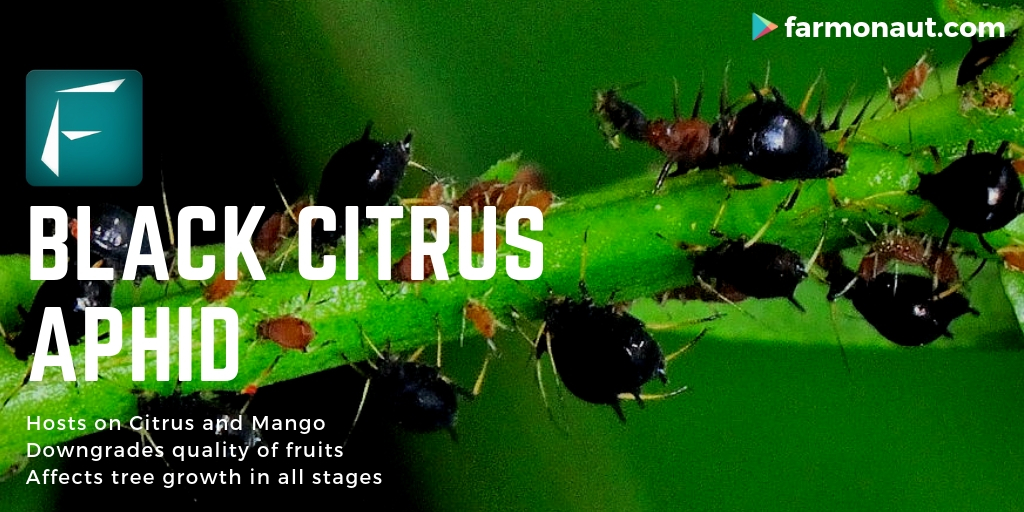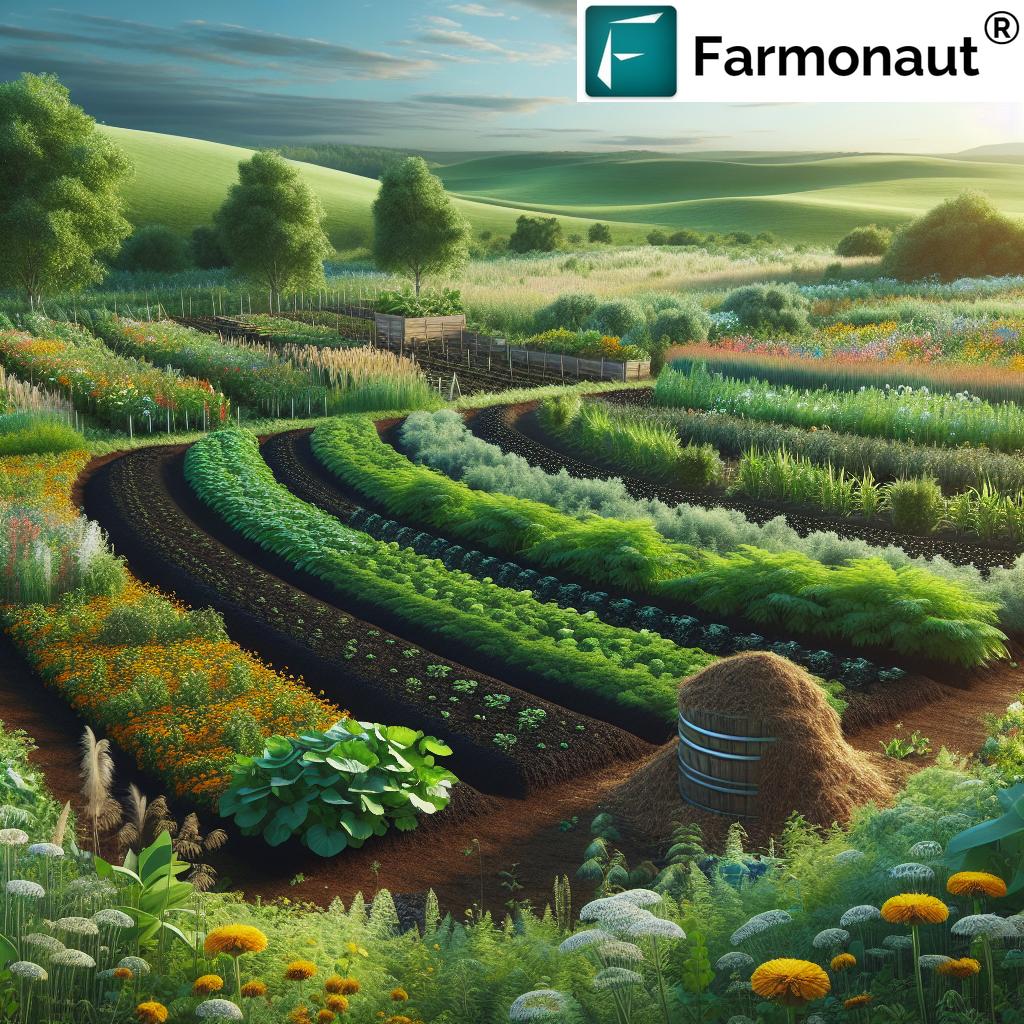Fish Emulsion Fertilizer: Powerful Organic Growth for 2026
“Fish emulsion fertilizer boosts crop yield by up to 30% compared to conventional fertilizers in sustainable farms.”
Summary: Fish Emulsion Fertilizer for Modern Agriculture in 2025 & Beyond
As we approach 2026, the push towards sustainable agriculture has moved from a trend to a necessity. Fish emulsion fertilizer stands out as a highly effective, organic, and eco-friendly solution, meeting both the needs of modern farming and environmental stewardship. Thanks to its unique nutrient profile and low environmental impact, it is an essential input for organic growers, small-scale gardeners, and large-scale farmers alike. Learn what makes this fertilizer a premium choice for soil health, crop yield, and sustainable practices.
What is Fish Emulsion Fertilizer?
Fish emulsion fertilizer is a liquid, organic fertilizer derived mainly from the byproducts of the fish processing industry—waste such as bones, scales, and internal organs. Through controlled processing (enzymatic digestion and fermentation), these natural materials are broken down, resulting in a nutrient-packed emulsion that is rich in nitrogen, phosphorus, potassium, and trace minerals essential for plant growth.
This fertilizer is unique in that it is organic, biodegradable, and environmentally responsible. Unlike synthetic fertilizers, fish emulsion offers both macro- and micronutrients that are immediately available to plants, supporting soil health by stimulating microbial activity and bolstering organic matter development.
The growing emphasis on sustainability, soil fertility, and natural inputs has propelled fish emulsion fertilizer to the forefront as a vital solution in the realm of organic horticulture for 2025-2026 and beyond.
How Fish Emulsion Fertilizer Is Made
The production of fish emulsion fertilizer utilizes what would otherwise be considered waste: the bones, scales, and internal organs of fish leftover after filleting. This byproduct undergoes several steps:
- Collection: Gathering of fish processing byproducts.
- Enzymatic Digestion & Fermentation: Natural microbes and enzymes break down protein and fat into a liquid emulsion (often aided by gentle heating and controlled pH).
- Filtration: Removal of solids; resultant is a liquid fertilizer, often dark brown and slightly viscous.
- Packing & Stabilization: Small amounts of acid or natural preservatives may be added to stabilize the fertilizer for storage and transport.
This process ensures a nutrient-balanced, readily available product that’s environmentally sustainable and suitable for organic farming systems. The enzymatic digestion is particularly important, as it preserves amino acids and complex stimulants beneficial to plants.
Nutrient Profile of Fish Emulsion
The typical nutrient analysis for fish emulsion fertilizer features an N-P-K ratio around 5-1-1 (5% Nitrogen, 1% Phosphorus, 1% Potassium), with valuable trace minerals (calcium, magnesium, iron, manganese, zinc). However, these ratios can vary by manufacturer and source.
- Nitrogen: Supports vegetative growth, leaf development, and chlorophyll production.
- Phosphorus: Vital for root growth, flowering, and fruiting (especially important for tomatoes and fruiting crops).
- Potassium: Enhances disease resistance, improves water regulation, and strengthens cell walls.
- Micronutrients: Such as boron, copper, iron—a holistic boost for plant immunity and development.
Additionally, fish emulsion contains beneficial amino acids and natural plant growth stimulants not found in most synthetic fertilizers. These foster stronger roots and greater resilience to adverse conditions like drought or extreme weather.
Comparative Benefits Table: Fish Emulsion vs. Synthetic Fertilizers
| Fertilizer Type | Key Nutrients (N-P-K) | Average Yield Increase (%) | Soil Health Impact | Eco-Friendliness | Application Frequency (per season) | Cost Estimate (USD/acre) |
|---|---|---|---|---|---|---|
| Fish Emulsion Fertilizer | 5-1-1 (plus micronutrients) | 10-15%† | Improves soil microbiome, promotes organic matter | Yes (Low carbon impact, biodegradable) | 2-4 applications | $40-$90 |
| Synthetic Fertilizer | Varies (e.g., 10-10-10) | 8-12% | Neutral or may degrade with overuse; can harm microbiome | No (Higher carbon impact, runoff risk) | 2-3 applications | $25-$50 |
†As per sustainable farm studies; actual figures depend on crop, soil type, and management.
“In 2025, over 45% of organic farmers are expected to use fish emulsion for eco-friendly soil enrichment.”
Key Benefits of Fish Emulsion for Plants
- Immediate Nutrient Uptake: Fish emulsion fertilizer provides nitrogen, phosphorus, and potassium in forms readily available to plants.
- Healthier, More Vigorous Plants: Promotes vegetative growth, flowering, and fruiting.
- Microbial Activity: Stimulates beneficial microbes (improves soil fertility and structure).
- Environmental Safety: Biodegradable, reduces runoff, and does not pollute waterways unlike some synthetic fertilizers.
- Stress Resistance: Contains amino acids and natural growth stimulants – boosts resilience to diseases, drought, and extreme weather.
- Gentle on Roots: Safe for seedlings, transplants, and delicate roots.
- Flexible Application: Can be used as a soil drench or foliar spray for maximum absorption.
For those cultivating vegetables, fruits, and ornamental plants, the benefits are especially significant. Fish fertilizer for tomatoes, for example, encourages strong vegetative growth, abundant flowering, and enhanced yields by delivering a steady supply of nutrients tailored to the plant’s needs.
The Role of Alaska Fish Fertilizer
Among the fish emulsion products available worldwide, Alaska fish fertilizer is renowned for both its quality and responsible sourcing. Harvested from the cold, clean waters of Alaska, the base fish for this fertilizer are rich in nutrients, resulting in a premium product. The processing methods used ensure maximum nutritional retention and environmental care.
Why is the Alaskan product uniquely positioned in 2026 and beyond?
- Traceability: Transparent supply chains rise in importance; supply chain traceability ensures authenticity and sustainability, enhancing consumer trust.
- Environmental Focus: Alaskan fisheries use responsible harvest methods, reducing ecosystem disruption.
- Processing Control: Advanced enzymatic digestion and fermentation maximizes the nutritional profile while minimizing odor—making the fertilizer more broadly acceptable in both commercial and suburban environments.
Fish Emulsion Application Methods for 2025 and Beyond
Best Practices for Applying Fish Emulsion Fertilizer
Fish emulsion for plants is versatile and easy to use. Here are top application methods modern farmers and gardeners use:
- Soil Drench: Dilute with water (follow manufacturer’s instructions; typically 1:20 ratio) and pour around the root zone. Provides steady nutrient supply and supports microbial activity.
- Foliar Spray: Apply diluted solution directly to leaves for rapid uptake of nutrients—especially effective during early vegetative growth.
- Precision Application: Larger farming systems now use liquid sprayers/injectors for even distribution and maximum fertilizer use efficiency, aligning with resource-efficient practices for 2026 and onwards.
- Integration with Irrigation: Fish emulsion is compatible with drip irrigation systems, making it suitable for water-efficient agriculture in drier climates.
Regular applications—every 2 to 4 weeks throughout the growing season for most crops—can yield best results. Adjust dilution and frequency based on crop type, growth stage, and local soil conditions.
Integration with Modern, Sustainable Farming Systems
With sustainable agriculture taking center stage, integrating fish emulsion fertilizer into crop management has never been more relevant. Here’s how this fertilizer is being used in 2025-2026 and what lies ahead:
- Agroforestry Systems: Fish emulsion supports diverse plantings (trees, shrubs, annual crops), promoting soil fertility and long-term sustainability.
- Regenerative Agriculture: By promoting organic matter and supporting healthy soil biology, fish emulsion is integral to regenerative practices for climate resilience.
- Precision Agriculture Integration: Advanced farm equipment enables targeted application for minimal waste and optimal environmental outcomes.
- Organic Farming Certification: Utilization of fish emulsion aligns with global organic protocols, helping farmers access premium markets for eco-friendly produce.
For larger farms and horticultural operations seeking holistic crop monitoring, resource management, and eco-certification, leveraging technologies like satellite monitoring becomes vital:
-
Farmonaut’s Large-Scale Farm Management Platform:
Provides real-time monitoring via satellite for crop vigor, soil health, and resource usage—crucial for sustainable input decisions and validating emission reductions (carbon footprint tracking). -
Financial Sustainability:
Farmonaut’s satellite-based verification for crop loans/insurance can help farmers who adopt sustainable inputs like fish emulsion to access affordable credit and reduce fraud risk. -
Fleet and Resource Efficiency:
For field operations involving liquid application, Farmonaut’s fleet management tools optimize logistics and save costs by tracking application equipment, routes, and deployment—making every drop of fish emulsion count.
Fish Emulsion Fertilizer in Soil Health and Carbon Footprinting
One of the defining themes of 2026 will be climate-smart and resource-efficient agriculture. Fish emulsion fertilizer supports these goals by:
- Improving Soil Structure: Stimulates earthworm activity, aggregates, and organic matter content, leading to better water retention and root health.
- Reducing Carbon Footprint: By utilizing byproducts and reducing the use of high-energy synthetic fertilizers, it offers a lower carbon impact.
- Circular Economy: Converts potential waste from the fishing industry into high-value fertilizers, supporting a zero-waste and circular production cycle.
To quantify and verify the environmental benefits, satellite-enabled platforms like ours offer Carbon Footprinting Solutions. These help measure emission reductions linked to sustainable fertilizer use, supporting compliance, certification, and consumer transparency.
Fish Fertilizer for Tomatoes and High-Value Crops
Many growers highlight the importance of fish fertilizer for tomatoes and other fruiting/leafy vegetables. Here’s why it excels:
- Tomatoes: High nitrogen supports leafy development, while phosphorus and potassium enhance blooms, fruit set, and flavor. Fish emulsion minimizes the risk of “burning” young plants—a problem with many high-strength synthetic fertilizers.
- Leafy Greens: Steady, gentle nutrient supply = lush, tender leaves.
- Berries and Fruits: Promotes stronger, deeper roots while improving disease resistance for longer and higher quality harvests.
- Herbs and Ornamentals: The trace minerals and amino acids enhance aroma and color, making fish emulsion a preferred choice for specialty and gourmet growers.
Seasonal application schedules—at sowing, transplanting, flowering, and early fruit/vegetable set—optimize yields across wide crop ranges.
Emulsions in Other Industries: Bitumen Emulsion Sprayers
The concept of the emulsion is not limited to fertilizers or agriculture. In the infrastructure sector, for instance, bitumen emulsion sprayers are invaluable for road construction and maintenance. In these systems:
- Bitumen emulsions (asphalt + water) are sprayed via specialized equipment to bond aggregate layers, seal surfaces, and reduce dust—producing durable, eco-friendly roads.
- Emulsions lower energy use and confine hazardous VOCs compared to traditional hot asphalt applications.
- This illustrates how advanced processing methods and sustainability breakthroughs span sectors.
While not directly linked, the advances in processing and distribution of liquid emulsions are shaping how we approach both natural resource management and industrial operations.
Future Trends and Innovations in Fish Emulsion Fertilizer
As 2026 and beyond unfold, several trends are shaping the future of fish emulsion fertilizer in sustainable agriculture:
- Smart Application Technology: The rise of AI-guided sprayers and sensor-based precision application reduces waste and maximizes plant uptake.
- Improved Odor Control: New processing methods are reducing natural odors, broadening use among urban and peri-urban gardeners.
- Customized Blends: Manufacturers are tailoring NPK and micronutrient content for specific crops and soils, allowing farmers to source exactly what they need.
- Global Traceability: Blockchain technology (as leveraged by Farmonaut) assures consumers and regulators of ethical sourcing and product purity.
- Integration with Carbon Farming Models: Farmers able to demonstrate lower emissions and improved soil carbon—enabled by organic fertlizers—will access new incentives and market premiums.
With emphasis on food safety, eco-labels, and transparency rising, fish emulsion fertilizer is positioned as a premium, high-impact input for sustainable food systems.
Farmonaut: Satellite Solutions Supporting Sustainable Farming
At Farmonaut, we are dedicated to empowering farmers, agribusinesses, and governments with actionable insights for more sustainable and efficient agriculture. Our platform combines real-time satellite-based crop, soil, and resource monitoring with robust data analytics, resource management, and traceability solutions.
- Satellite Monitoring: Using actual multispectral imagery, we help users assess soil health, monitor vegetation vigor, and plan input applications (like fish emulsion fertilizer) with optimal timing.
- AI-Driven Decision Support: Jeevn AI Advisory System delivers bespoke strategies and weather forecasts for field operations and sustainable crop management.
- Blockchain-Based Traceability: With product traceability, users can demonstrate that sustainable, organic fertilizers are used, helping achieve premium certifications.
- Fleet and Equipment Management: Our fleet management tools track application routes and usage for liquid fertilizers and equipment, maximizing operational efficiency.
- Environmental Monitoring for Compliance: Carbon footprint tracking tools (carbon footprinting) help organizations and farm managers report and improve sustainability metrics.
- API Access: For developers and businesses, our API and detailed developer documentation enable seamless integration of satellite-driven insights into your own apps and decision systems.
Get started with Farmonaut:
For advanced crop monitoring or custom solutions, visit our Cropland and Forest Advisory page to discover tailored, satellite-derived insights.
FAQ: Fish Emulsion Fertilizer in 2026
-
Is fish emulsion fertilizer safe for all plants?
Yes, properly diluted fish emulsion can be safely used on vegetables, herbs, fruits, ornamentals, and even delicate seedlings. Always follow label dilution guidelines. -
How often should fish emulsion fertilizer be applied?
Usually every 2-4 weeks during the growing season. Frequency may vary by crop type, soil, and local conditions. -
Can fish emulsion replace all other fertilizers?
It can serve as the main fertilizer in organic systems, especially for leafy greens and fruits. However, for crops with high phosphorus or potassium demands, supplementing with other organic products may be beneficial. -
Does fish emulsion fertilizer smell?
Modern processing methods have significantly reduced fishy odors, especially in premium brands like Alaska fish fertilizer. Still, minor odors may persist during application but quickly dissipate. -
Is it permitted in certified organic systems?
Yes—fish emulsion that has not been chemically altered or mixed with synthetic additives is widely approved for use in organic-certified farms and gardens. -
Does fish emulsion attract pests?
While rare, if overapplied or left undiluted on leaves/soil, it may briefly attract animals. Always follow usage rates and proper incorporation methods.
Conclusion: Why Fish Emulsion is the Future of Organic Growth
The transition to truly sustainable agriculture is accelerating, with fish emulsion fertilizer emerging as a powerful, natural alternative to synthetic chemicals. Its ability to feed plants, regenerate soil health, and close industry waste loops makes it indispensable for 2026 and the years ahead.
Whether you’re a small-scale grower, a commercial farm, or a stakeholder in regenerative agriculture, integrating fish emulsion unlocks superior crop health, higher yields, and lasting environmental sustainability. For those embracing climate-smart, resource-efficient, and traceable practices—this is an investment in a healthier future for both people and planet.
Ready to transform your fields with the power of fish emulsion fertilizer? Optimize sustainable growth and stay ahead with innovative farm monitoring and advisory tools from Farmonaut.












